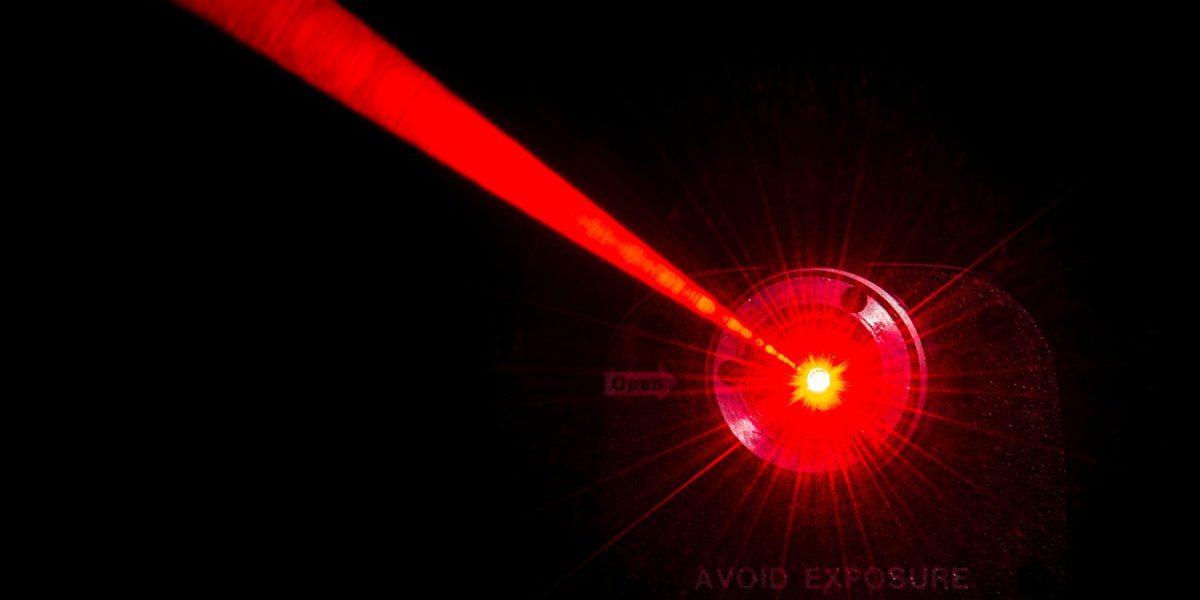RESEARCH TRIANGLE PARK, N.C. — New photonics research paves the way for improved lasers, high-speed computing, and optical communications for the Army.
Photonics has the potential to transform all manners of electronic devices by storing and transmitting information in the form of light rather than electricity. Using light’s speed and the way information can be layered in its various physical properties can increase the speed of communication while reducing wasted energy; however, light sources such as lasers need to be smaller, stronger, and more stable to achieve that, researchers said.
“Single-mode, high power lasing is used in a wide range of applications that are important to the Army and help support the Warfighter, including optical communications, optical sensing, and LIDAR ranging,” said Dr. James Joseph, Program Manager, ARO, an element of the U.S. Army Combat Capabilities Development Command, known as DEVCOM, Army Research Laboratory. “The research results out of UPenn mark a significant step towards creating more efficient and fieldable laser sources,” he added.
The way information can be layered with this technology could also have important implications for photonic computers and communication systems.
In order to preserve the information manipulated by a photonic device, its lasers must be exceptionally stable and coherent. So-called single-mode lasers eliminate noisy variations within their beams and improve their coherence but, as a result, are dimmer and less powerful than lasers that contain multiple simultaneous modes.
Researchers from the University of Pennsylvania and Duke University, with Army funding, designed and built two-dimensional arrays of closely packed micro-lasers that have the stability of a single micro-laser but can collectively achieve power density orders of magnitude higher. They published a study in the peer-reviewed journal Science demonstrating the super-symmetric, micro-laser array.
Robots and autonomous vehicles that use LiDAR for optical sensing and ranging, manufacturing, and material processing techniques that use lasers are some of many other potential applications of this research.
“One seemingly straightforward method to achieve a high-power, single-mode laser is to couple multiple identical single-mode lasers together to form a laser array,” said Dr. Liang Feng, associate professor in the departments of Materials Science and Engineering and Electrical and Systems Engineering at the University of Pennsylvania. “Intuitively, this laser array would have an enhanced emission power, but because of the nature of complexity associated with a coupled system, it will also have multiple super-modes. Unfortunately, the competition between modes makes the laser array less coherent.”
Coupling two lasers produces two super-modes, but that number increases quadratically as lasers are arrayed in the two-dimensional grids eyed for photonic sensing and LiDAR applications.
“Single mode operation is critical because the radiance and brightness of the laser array increase with number of lasers only if they are all phase-locked into a single super-mode,” said Xingdu Qiao, doctoral candidate at the University of Pennsylvania. “Inspired by the concept of supersymmetry from physics, we can achieve this kind of phase-locked single-mode lasing in a laser array by adding a dissipative super-partner.”


